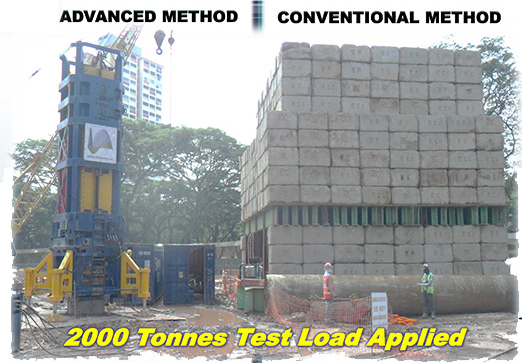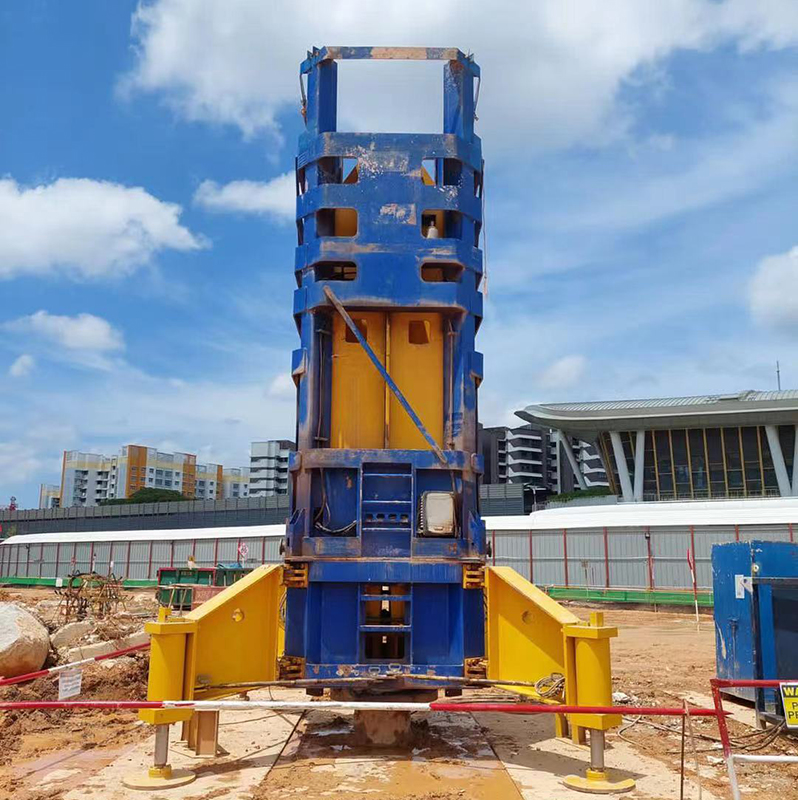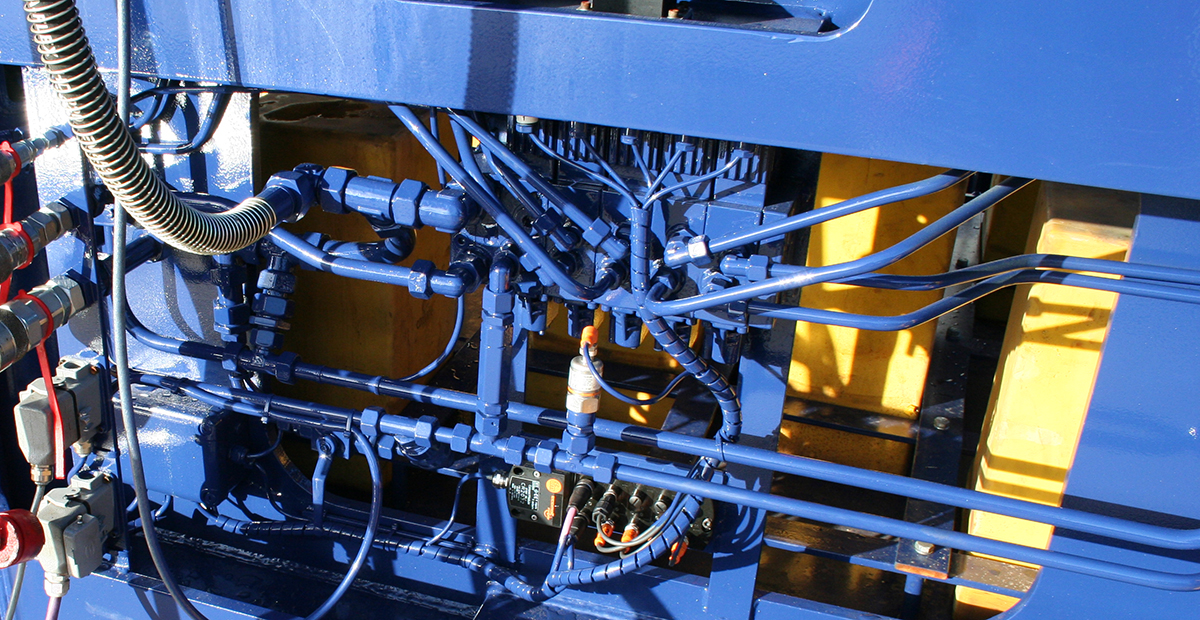- Home
- About Us
-
Product
Product
Focus on pile test solution & ORC Generator

We provide construction team for all kinds of hole drilling and testing pile bearing capacity of pile
Learn More -
Solutions
Solutions
screw expansion power generation

We provide construction team for all kinds of hole drilling and testing pile bearing capacity of pile
Learn More - Project and News
-
Technology instruction

We provide construction team for all kinds of hole drilling and testing pile bearing capacity of pile
Learn More - R&D/MANUFACTURE
- Contact











